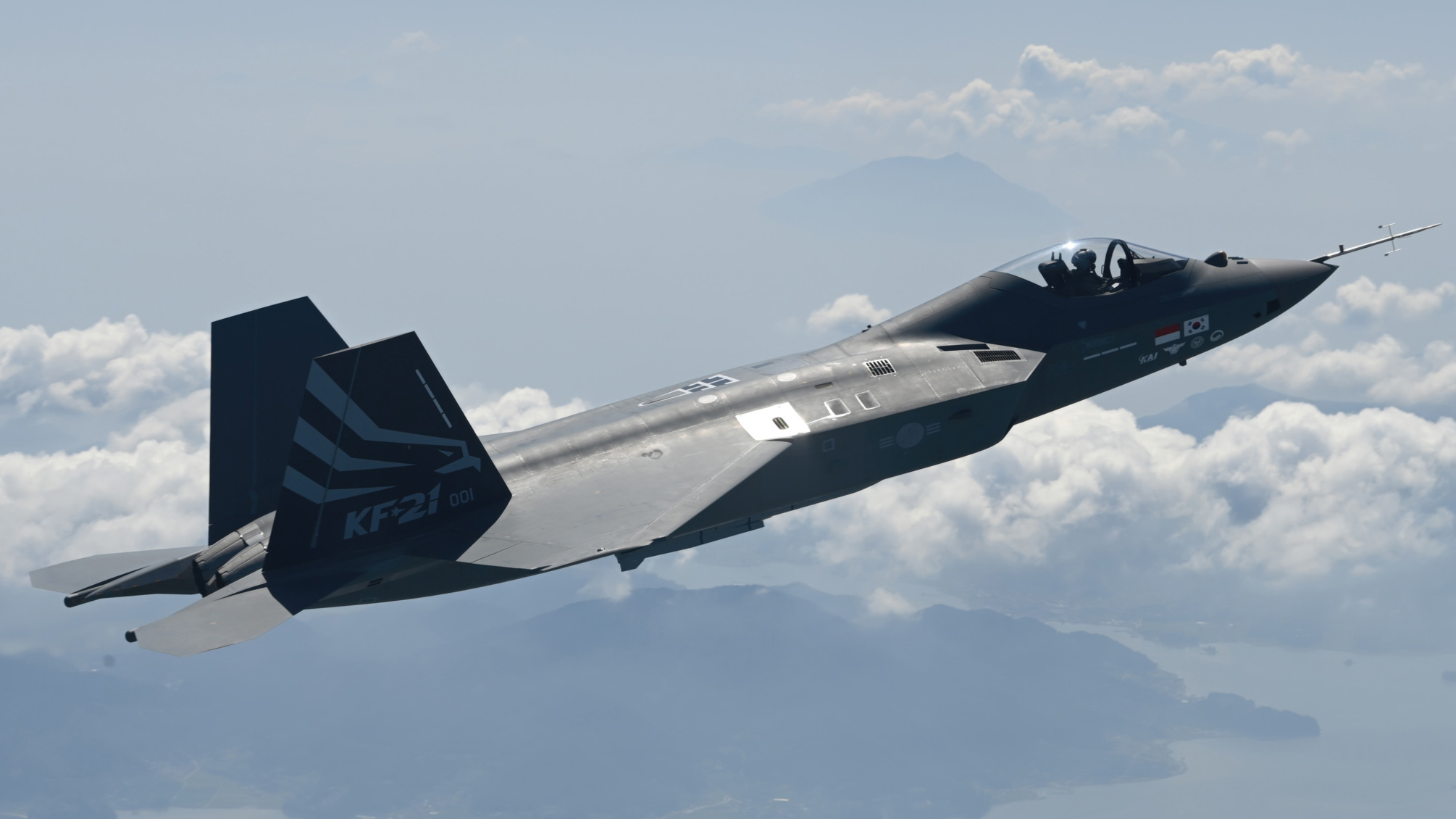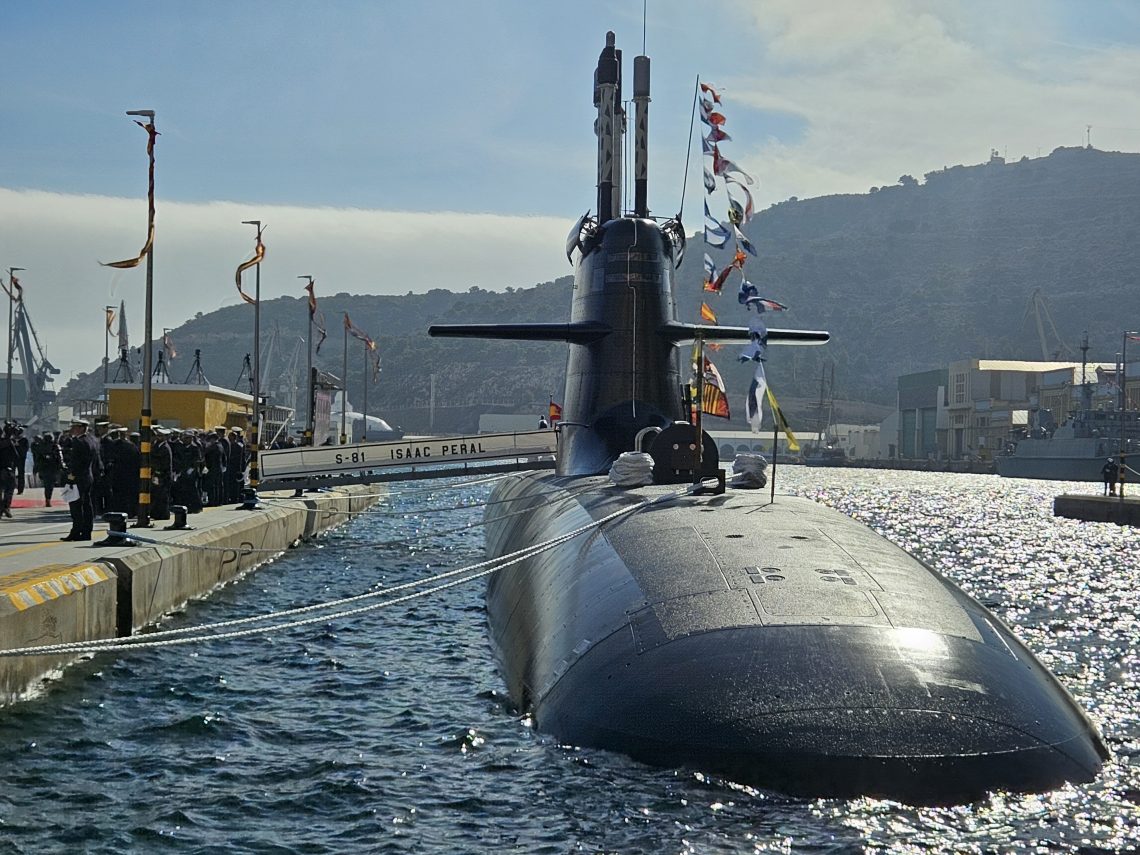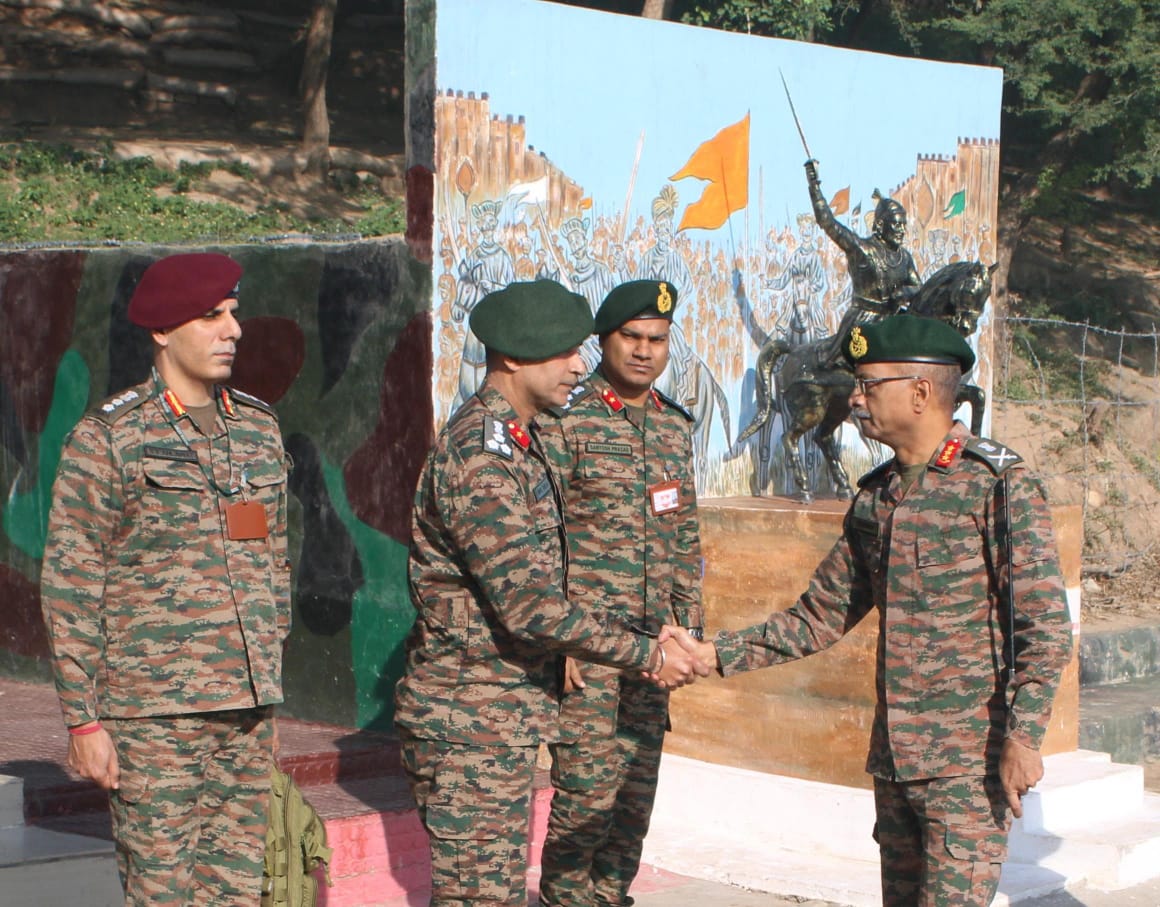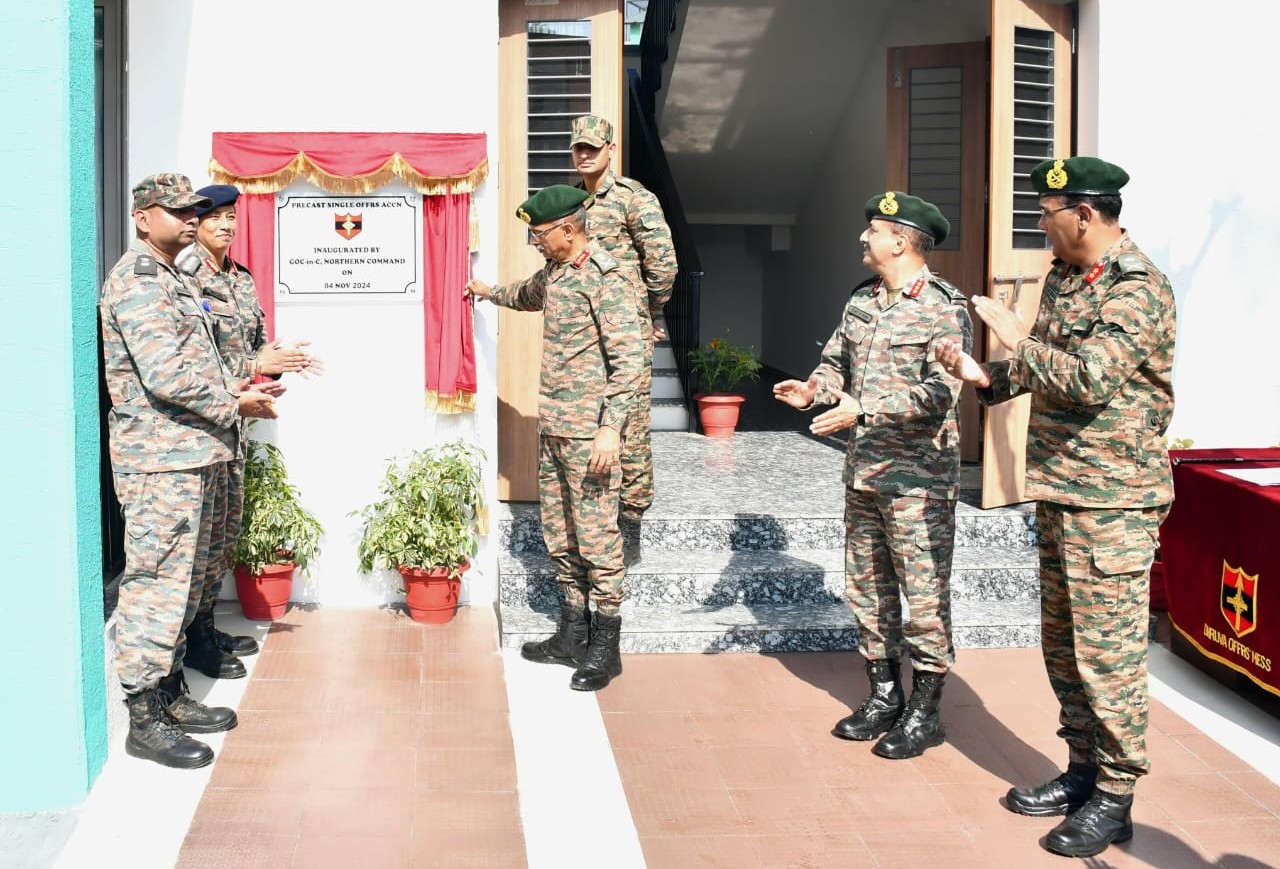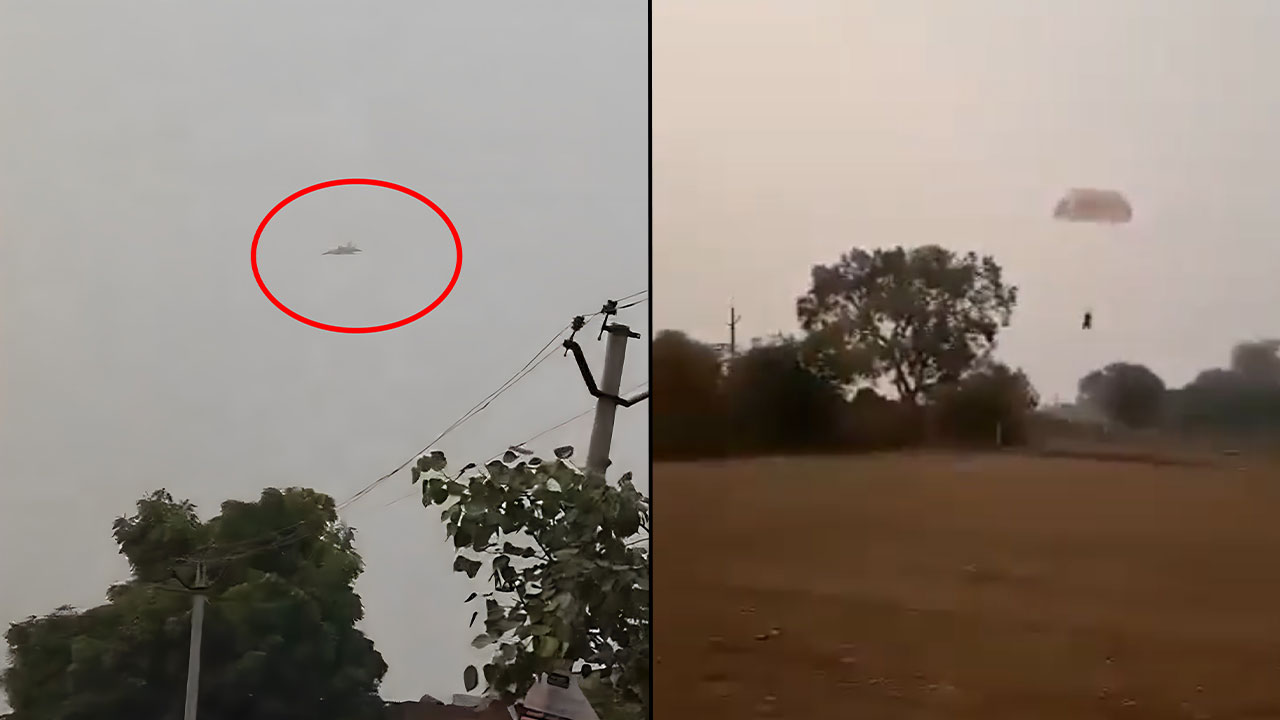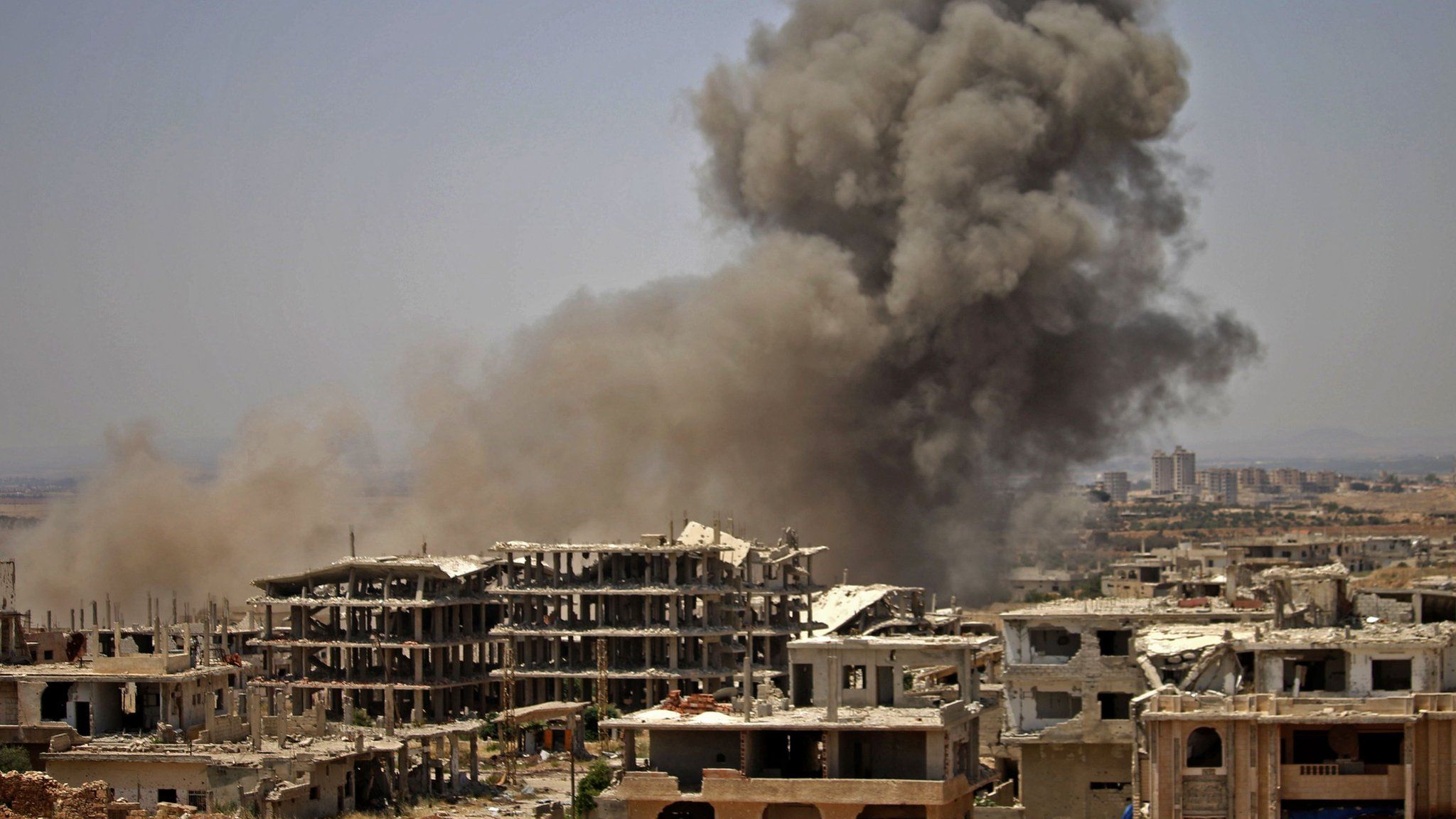South Korea Acquires 100 Meteor Missiles for New Domestic Fighter Jet
South Korea Contracts for 100 Meteor Missiles to Equip KF-21 Fighter Jets Seoul, South Korea – South Korea’s Defense Acquisition…
Navatia Initiates AIP System Installation on Spanish Navy Submarine
Navantia Installs First Air-Independent Propulsion System in Spanish Navy Submarine Cartagena, Spain – Navantia has officially commenced the installation of…
Lt Gen M.V. Suchindra Kumar Reviews Operational Readiness in Akhnoor Sector
In a recent visit to the Akhnoor Sector, Lieutenant General M.V. Suchindra Kumar, Army Commander of the Northern Command, assessed…
Lieutenant General M.V. Suchindra Kumar Inaugurates Pioneering Precast Officers’ Accommodation at Northern Command
In a landmark development for military infrastructure, Lieutenant General M.V. Suchindra Kumar, Army Commander of the Northern Command, inaugurated the…
Watch IAF MiG-29 Jet Plummeting in a Flat Spin Crash
A distressing video has surfaced showing an Indian Air Force (IAF) MiG-29 fighter jet spiraling uncontrollably towards the ground in…
Israel Claims Strike Targeted Hezbollah Intelligence Headquarters in Syria
Israeli Air Force Strikes Hezbollah Intelligence HQ in Damascus, Killing Two Damascus, Syria – In a significant escalation in its…

